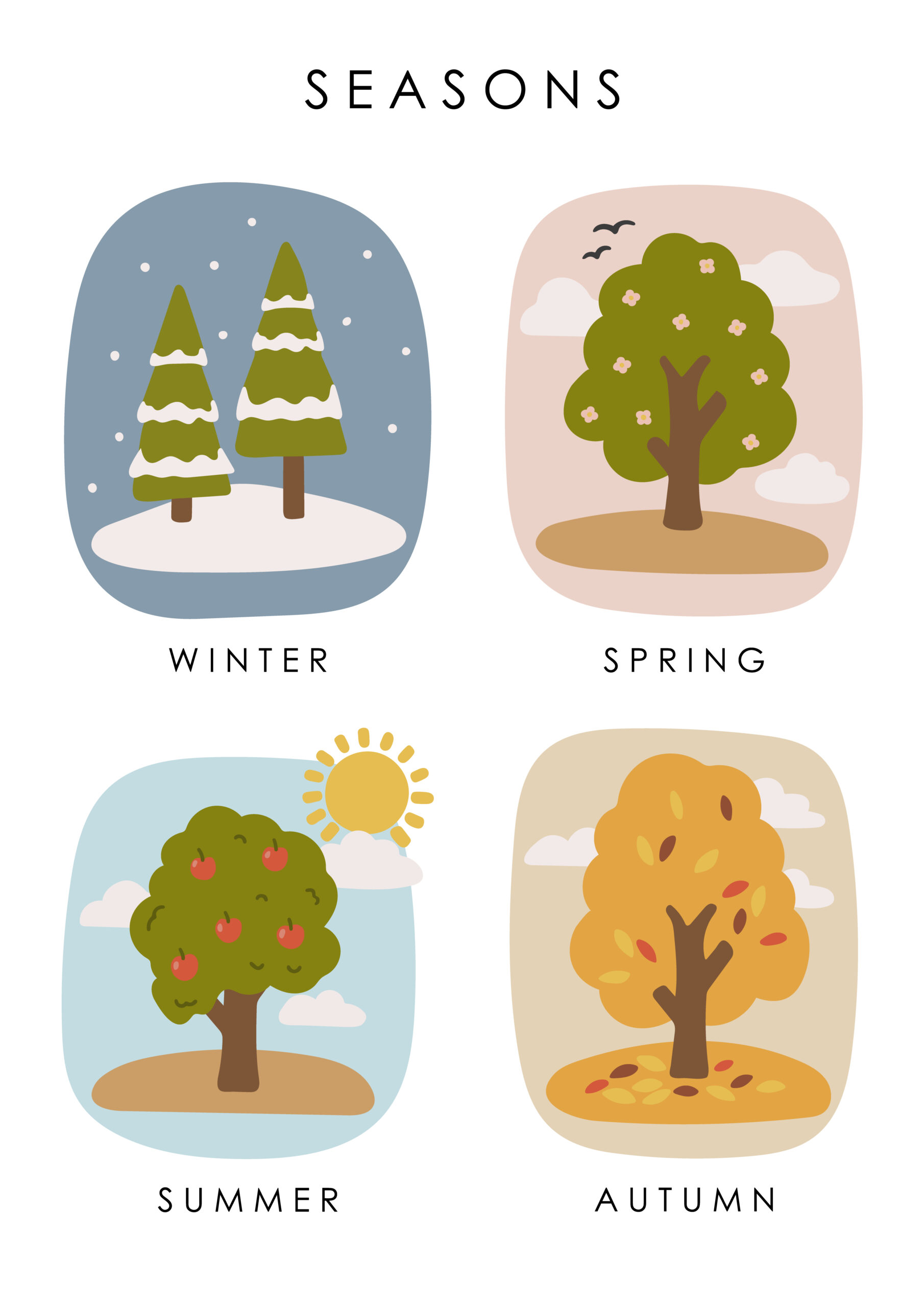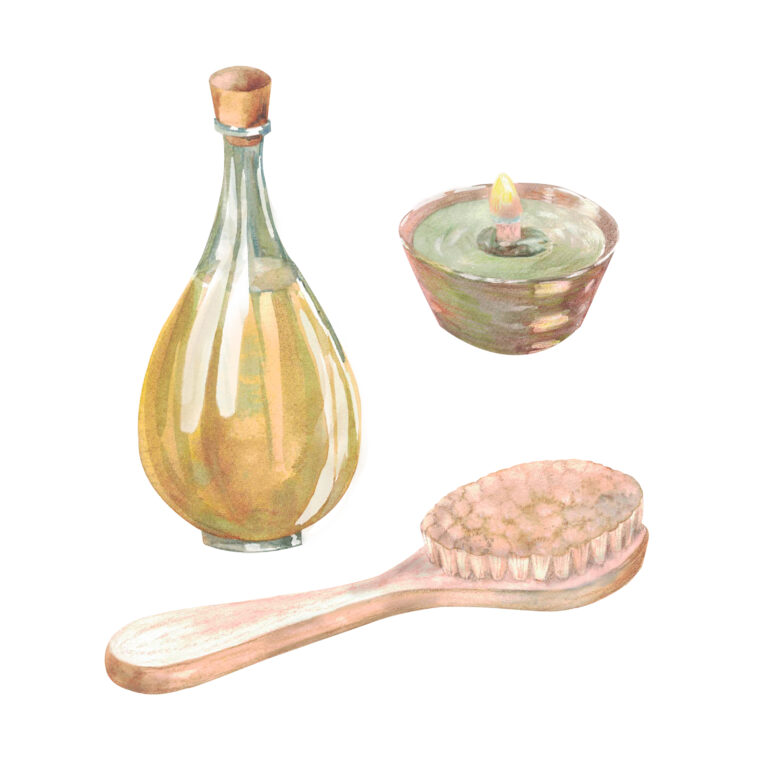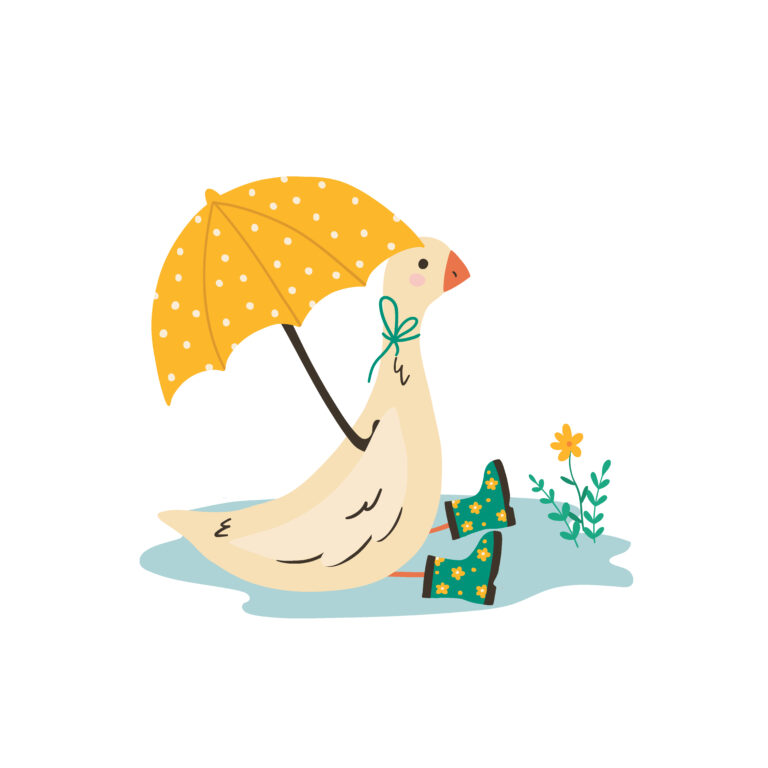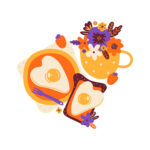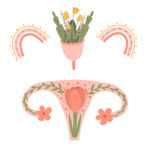With Love, Katie.
The Wheel of the Year…what a perfect name since every year nature goes by the same pattern…it follows a beautiful rhythm and it feels so natural. And you might be wondering: should we not move alongside the season? I forget each time how nature’s rhythm is so important. I truly believe we should follow it to be more at peace with our body and mind.
This is the heart of seasonal living: it is not about just eating seasonally, dressing for the weather, or buying some new, fancy decorations for Christmas. Living seasonally is like living in tune with the earth’s cycles and observing the changes.
And one of the most beautiful tools to guide us back to this slow-living rhythm is The Wheel of the Year.
What Is Seasonal Living?
Seasonal living is the practice of aligning your daily habits—like food, movement, and rest—with the natural rhythms of the seasons. For most of human history, people lived seasonally by necessity, guided by daylight, harvests, and weather changes. However, with modern conveniences and year-round supermarket access, we’ve largely lost the connection with nature’s rhythm.
Seasonal living is all about slowing down a little bit and noticing what nature is doing. For example, eating lighter in spring, resting more in winter, and syncing our energy with the cycles outside it should be a better start to get closer to nature.
You don’t need to move to a big house with a big garden, nor do you need to make big steps to change your whole lifestyle. You can start living seasonally by eating locally grown produce, adjusting your routines with the daylight, and tuning in to how your body feels in each season. Give your body rest when the autumn comes, get more cozy, and eat warm food. This is a good start.
The Wheel of the Year is an ancient map of eight seasonal festivals that mark the turning points of the sun, the earth, and the agricultural cycle. Rooted in Celtic and pagan traditions, it helps us pause, reflect, and honor what’s happening in nature—and in us.
It’s divided into solstices, equinoxes and cross-quarter days, forming a full-circle year of presence and ritual.
1. Imbolc – February 1–2
Theme: Awakening, purity, light returning
Seasonal feeling: The first stirrings of spring beneath the surface
Modern holiday: Candlemas
Imbolc marks the quiet beginning of spring. The days are growing lighter. Snowdrops peek through frozen ground. This is a festival of hope, fertility, and renewal. A time to cleanse your space and plant gentle intentions.
Ideas to honor Imbolc:
- Light white candles
- Clean one corner of your home
- Journal on what you’re ready to invite in
- Take a silent walk and notice signs of new life
2. Ostara – Spring Equinox (around March 20–23)
Theme: Balance, growth, rebirth
Seasonal feeling: Equal day and night; light overtakes darkness
Modern holiday: Easter
Ostara celebrates the return of balance. Day and night are equal. Buds are blooming. Energy begins to rise in the body. It’s a time for planting seeds—both in the soil and in your soul.
Ideas to honor Ostara:
- Plant something new
- Decorate with eggs or blossoms
- Refresh your altar or home space
- Reflect on what balance means for you right now
3. Beltane – May 1
Theme: Fire, fertility, joy, sensuality
Seasonal feeling: Full spring; life bursting forth
Modern holiday: May Day
Beltane is a celebration of life force and union. Traditionally a fire festival, it honors love, pleasure, and creation. It’s a beautiful time to connect with your body, your creativity, and the wild joy of being alive.
Ideas to honor Beltane:
- Light a candle or small bonfire
- Wear flowers or a crown
- Dance, move, or make love
- Write about what brings you alive
4. Litha – Summer Solstice (around June 20–23)
Theme: Fullness, abundance, radiance
Seasonal feeling: The longest day of the year
Modern holiday: Midsummer
Litha is the high point of light. The sun is at its peak, and everything is blooming. This is a time to shine, express, and celebrate. And it is also the turning point, because after this, the days slowly begin to shorten.
Ideas to honor Litha:
- Watch the sunrise or sunset
- Spend time in nature or by water
- Reflect on what is flourishing in your life
- Create a simple midsummer feast
5. Lughnasadh / Lammas – August 1
Theme: First harvest, gratitude, hard work
Seasonal feeling: Late summer, ripening
Modern holiday: None, but echoes of this are found in harvest festivals
Lammas is the beginning of harvest season. The first fruits are ready, and we begin to gather what we’ve grown. It’s a time to express gratitude and reflect on what’s working—and what needs to shift.
Ideas to honor Lammas:
- Bake bread or cook from scratch
- Journal on your progress this year
- Gather herbs, flowers, or seeds
- Share a meal with loved ones
6. Mabon – Autumn Equinox (around Sept 20–23)
Theme: Balance, reflection, letting go
Seasonal feeling: Equal day and night; descent into darkness begins
Modern holiday: Thanksgiving (in spirit, though not date)
Mabon marks the balance between light and dark before we descend into the quiet of winter. It’s a time for gratitude, gathering, and gentle release. A spiritual harvest.
Ideas to honor Mabon:
- Declutter your home or journal
- Practice a gratitude ritual
- Take a nature walk and gather autumn leaves
- Reflect on what you’re ready to release
7. Samhain – October 31 to Nov 1
Theme: Death, ancestors, inner wisdom
Seasonal feeling: The veil is thin; deep inner descent
Modern holiday: Halloween, All Souls Day
Samhain is the witch’s New Year—the end and the beginning of the cycle. It’s a time to honor death, ancestors, and mystery. A sacred, shadowy season of inner reflection.
Ideas to honor Samhain:
- Light a candle for your ancestors
- Journal your fears or dreams
- Create a small altar or memory space
- Rest, dream, and protect your energy
8. Yule – Winter Solstice (around Dec 20–23)
Theme: Stillness, rebirth, hope
Seasonal feeling: The longest night, return of the light
Modern holiday: Christmas
Yule is the deep midwinter, where the light is reborn. It’s a season of stillness, rest, and cozy slowness. This is not the time to do more—it’s the time to reflect and be held by warmth, family, and gentle joy.
Ideas to honor Yule:
- Light candles or decorate with evergreens
- Reflect on the year
- Sleep more, rest more, love more
- Create or give simple, handmade gifts
Final Ideas for You
The Wheel of the Year is your compass back to your body, jo, and inner rhythm. Basically, it reminds you that life is not meant to be rushed or controlled, and to live in cycles.
Living seasonally is all about presence, intention, and honoring the wisdom of the Earth.
